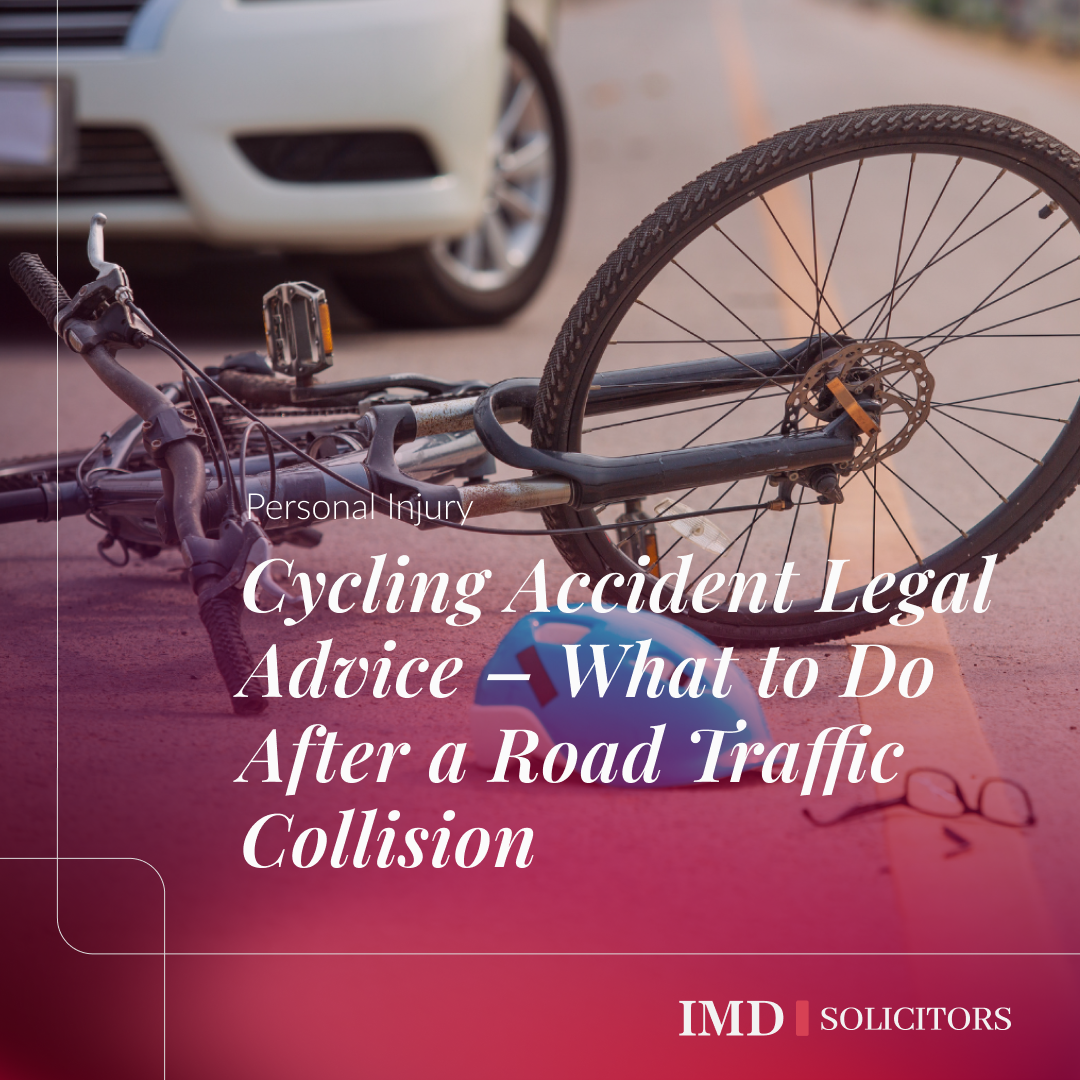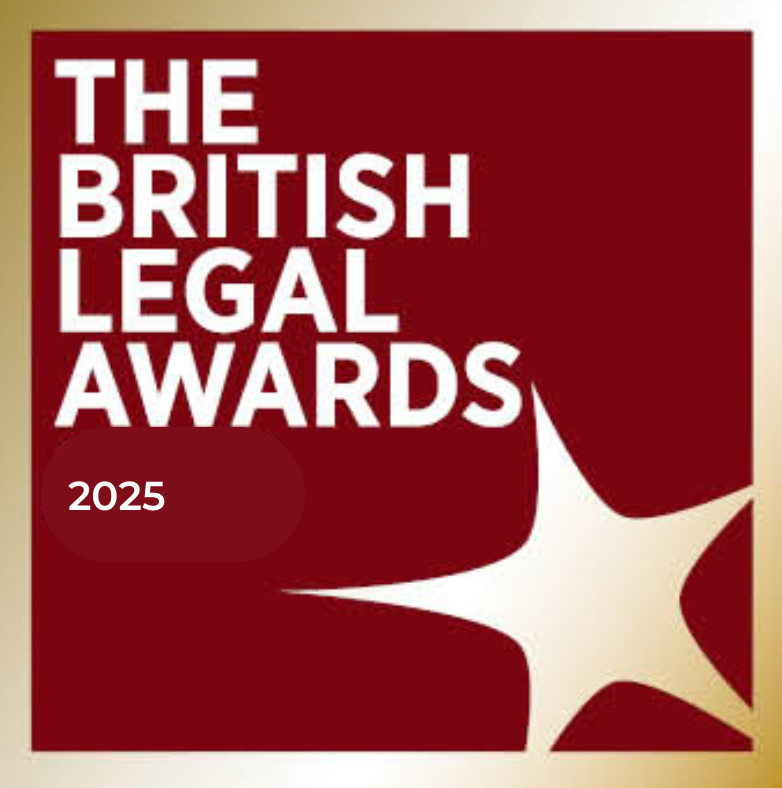Cycling Accident Legal Advice – What to Do After a Road Traffic Collision

Speak to a member of our specialist international team of UK personal injury lawyers today on 0330 107 0107.
Cycling has become an essential mode of daily transport for many, combining practicality with environmental and health benefits. However, it also exposes cyclists to significant risks, particularly during winter months or in poor visibility. Collisions between cyclists and motor vehicles often result in serious injury, given the lack of physical protection available to the rider. Understanding how such accidents occur, what immediate steps should be taken, and how the law addresses compensation for injured cyclists is crucial for anyone who regularly uses a bicycle on public roads.
1. Background and Common Causes of Cycling Accidents
Cycling accidents are among the most severe personal injury cases due to the vulnerability of cyclists. Unlike drivers, cyclists have no protective barrier against the force of impact, meaning even low-speed collisions often result in serious injuries.
The most frequent causes observed in practice include:
- Vehicles emerging from side roads without observing cyclists travelling along the main road.
- Close passing or tailgating, where drivers fail to maintain sufficient distance and inadvertently knock cyclists from their bikes.
- Direct collisions in which the motorist fails to notice the cyclist, particularly in darkness or adverse weather conditions.
Winter conditions and reduced visibility exacerbate these risks. Cyclists are encouraged to use high-visibility clothing and bright front and rear lights to improve detection by motorists. Preventive measures, while simple, significantly reduce the likelihood of collisions and enhance the evidential value of a case should an accident occur.
2. Immediate Actions Following a Collision
Following an accident, the cyclist’s safety and medical care must take priority. Moving to a safe area away from traffic and seeking immediate medical attention are essential steps. However, if the individual is physically able, several actions at the scene can greatly strengthen a subsequent compensation claim:
- Photographs: Take clear photographs of the accident scene, including the positions of the bicycle and vehicle before either is moved. Such images provide crucial evidence for reconstruction and liability assessment.
- Witness Details: Obtain names and contact numbers of witnesses. Independent witness testimony often resolves disputes where accounts differ between cyclist and driver.
- Vehicle Registration: Record the registration number of the vehicle involved. This information enables insurers and solicitors to identify the responsible driver and their insurance company.
- Police Notification: The police should be called to the scene for any injury-related collision. In more serious incidents, they may attend the hospital to take a formal statement. Providing a detailed, factual account early on assists both the investigation and the subsequent legal process.
Cyclists should also retain damaged clothing, helmets, and equipment, as these items may later be inspected or photographed to demonstrate the impact and severity of the collision.
3. The Legal Framework for Compensation
In most cases, compensation is pursued against the driver’s insurance company. The claim typically consists of two elements:
- General damages – compensation for pain, suffering, and loss of amenity resulting from physical and psychological injuries.
- Special damages – reimbursement of financial losses, including:
- Repairs or replacement of the damaged bicycle and equipment.
- Medical expenses and rehabilitation costs.
- Loss of earnings during recovery.
- Potential future loss of income if the injury results in long-term disability or reduced earning capacity.
Each claim is supported by medical evidence, including reports from independent medical experts. These reports assist in quantifying the injury and determining appropriate compensation in line with the Judicial College Guidelines.
4. Hit-and-Run and Uninsured Driver Claims
In some cases, the at-fault driver fails to stop at the scene. While distressing, compensation may still be obtainable under the Motor Insurers’ Bureau (MIB) Untraced Drivers Agreement. The MIB, funded by UK motor insurers, provides a route to compensation for victims of untraced or uninsured motorists.
However, such claims are often more complex and time-consuming. The absence of clear vehicle identification can delay investigations and complicate the assessment of liability. Solicitors at IMD Solicitors assist clients by:
- Liaising with the police to obtain the official collision report.
- Requesting any available CCTV footage from nearby properties, shops, or local authorities.
- Gathering witness statements to support the claim.
It is important to note that CCTV evidence is frequently of limited quality. Even where cameras are present, the footage may be insufficient to identify registration details. In some cases, cloned vehicle registrations—where criminal activity involves duplicated number plates—further complicate the investigation.
5. The Role of Legal Representation
Cycling accident claims require specialist handling. Early legal instruction ensures that vital evidence is preserved and that procedural deadlines are met. Solicitors with expertise in personal injury law assist in:
- Requesting police and medical records.
- Securing interim payments to cover urgent expenses during recovery.
- Arranging independent medical assessments.
- Calculating both immediate and long-term financial losses.
IMD Solicitors has experience managing complex cycling injury cases, including those involving catastrophic injuries or disputed liability. Our team offers clear and practical legal assistance from the very beginning of the case.
6. Preventive and Practical Considerations
Legal help is available, but avoiding accidents in the first place is most important. Cyclists should ensure that their bicycles are roadworthy, lights are functional, and reflective clothing is used, particularly during winter commuting hours. Even with such precautions, accidents occur due to driver negligence or inattention.
Recording journeys using a helmet or handlebar-mounted camera can provide valuable evidence in the event of a dispute. Increasingly, insurers and courts accept such footage as reliable evidence of fault and sequence of events.
7. Key Takeaways
- Prioritise safety and medical care immediately after an accident.
- Gather and preserve evidence, including photographs, witness details, and damaged property.
- Report the incident to the police and retain copies of all documentation.
- Engage a specialist solicitor early to manage communication with insurers, the police, and the MIB.
- Document financial losses carefully to ensure full recovery of compensation.
Cycling accident claims require both legal precision and practical awareness. IMD Solicitors combines expert legal knowledge with a client-focused approach to ensure that injured cyclists receive the compensation and rehabilitation they deserve. Whether the incident involves an identified driver or an untraced vehicle, our experienced personal injury team guides clients through every stage of the process, ensuring their rights are fully protected.
This article guide is for general information only and does not constitute legal or professional advice. This article was created on 24/11/2025. Please note that the law may have changed since this article was published.



















